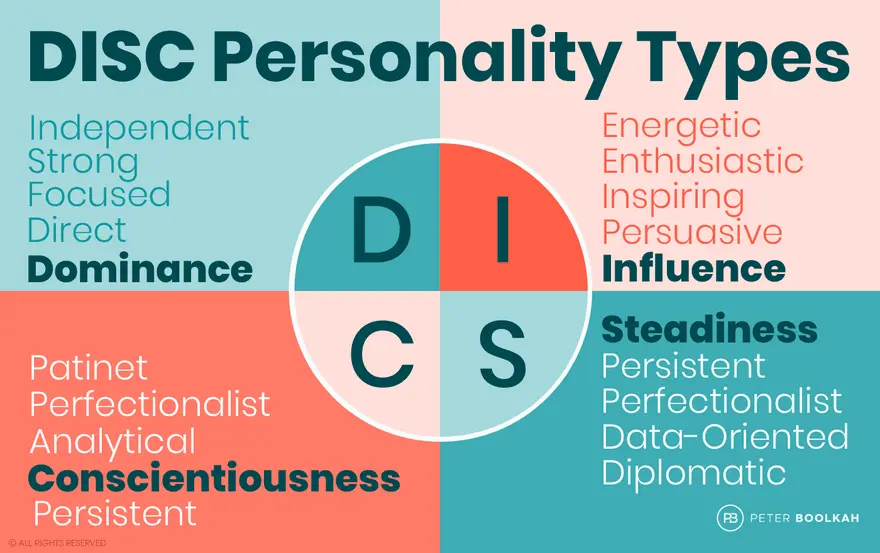Cognitive Bias and the Ostrich Effect
- partedu

- Jul 22
- 4 min read

Cognitive Bias and the Ostrich Effect
We all like to think of ourselves as rational beings—independent thinkers who, when necessary, arrive at the most logical conclusions. Unfortunately, the reality is quite the opposite. Our thinking is deeply influenced by mental flaws known as cognitive biases.
Cognitive biases were first introduced in the 1970s and 1980s by Amos Tversky and Daniel Kahneman. These biases are innate patterns of thinking that lead to irrational decisions and behaviors. They may stem from the brain's automatic functioning or various cognitive limitations that, despite deliberate efforts to think logically, we simply cannot overcome. Cognitive biases significantly influence how we perceive and interpret information, often dominating our decision-making processes.
Some common ways cognitive biases affect our thinking include:
We tend to process and remember information that confirms our existing ideas, views, and values.
In areas where we lack expertise, we overestimate our abilities.
We rely heavily on information that is easiest to recall.
We view past events as more predictable than they actually were.
We fear losses more than we value equivalent gains.
We tend to judge decisions based solely on their outcomes.
Charoopath and Davis define cognitive bias as a term encompassing all mental distortions that are “hard to avoid.” They describe how individuals are almost involuntarily drawn to perceptions or judgments that systematically deviate from reality. These biases usually operate unconsciously and automatically, affecting people without their awareness.
Cognitive biases occur in all areas of life. In day-to-day decision-making, they can unconsciously replace complex calculations. As a result, people's judgments often rely more on these mental shortcuts than on systematic analysis. In essence, a cognitive bias is a distorted or preformed belief that impairs reasoning, leads to flawed conclusions, and causes poor decisions. While a bias might sometimes result in a positive outcome, its negative consequences are far more likely.
Cognitive biases are systematic and inherent errors in thinking that are universal. They influence how individuals view the world, make judgments, and take actions. Without awareness of their presence, these biases remain invisible to us.
Experts suggest that cognitive biases stem from factors such as emotions, personal motivations, the brain’s limited ability to process information, and social pressures. Additionally, cognitive biases may increase with age due to reduced cognitive flexibility.
Signs of Cognitive Bias
Everyone demonstrates cognitive biases to some extent. While it's easier to spot them in others, it's important to recognize that they also affect your own thinking. Some signs that you may be under the influence of a cognitive bias include:
Paying attention only to news or information that confirms your current opinions.
Blaming external factors when things don’t go your way.
Attributing others’ success to luck, while taking full credit for your own achievements.
Learning just a little about a subject and then assuming you understand it completely.
When we make judgments and decisions about the world around us, we like to believe that our choices are objective, logical, and based on thorough evaluation of available information. Unfortunately, these cognitive biases can sometimes lead to poor decisions and flawed judgments.

Types of Cognitive Biases and the Ostrich Effect
A review of various studies in the field of cognitive biases shows that these biases can be categorized into several domains, including decision-making, evaluation, communication, expectations, and reasons behind actions. One example of a decision-making bias is the “Ostrich Effect.”
The ostrich, when frightened, is said to bury its head in the sand, believing that if it cannot see the danger, the danger no longer exists. Based on this behavior, the human tendency to ignore bad news and pretend that everything is fine is known as the Ostrich Effect or Normalcy Bias. In Persian culture as well, someone who deliberately acts unaware is compared to a partridge burying its head in the snow.
Most people assume that because everything has gone well so far, it will continue that way in the future. In reality, such individuals tend to ignore warning signs and underestimate potential consequences. Furthermore, when the outcomes of a particular option are uncertain, people tend to favor options with more predictable outcomes—a bias known as the Ambiguity Effect. For example, when choosing between a cutting-edge technology that is unfamiliar and an older, more familiar one, people are often inclined toward the latter, perceiving it as less risky. The Ambiguity Effect discourages experimentation with new options that may carry unknown risks or benefits.
This tendency is especially strong when individuals are emotionally involved in a subject. When confronted with distressing information, they often prefer to simply ignore it rather than endure the anxiety it brings. In such situations, a conflict arises between what our rational mind considers important and what our emotional mind anticipates as painful. By focusing on the positives and denying the negative realities of a situation, we distract ourselves from potential dangers and fail to take preventive warnings seriously.
Source: Faghihipour, Javad; Jannati, Hamed; Mostafavi, Sanaz; and Mohajeran, Arash (2021). Attitudinal Intelligence Skills: Distortions, Biases, and Fallacies. Tehran: Darolfonoon Publishing, First Edition.




Comments